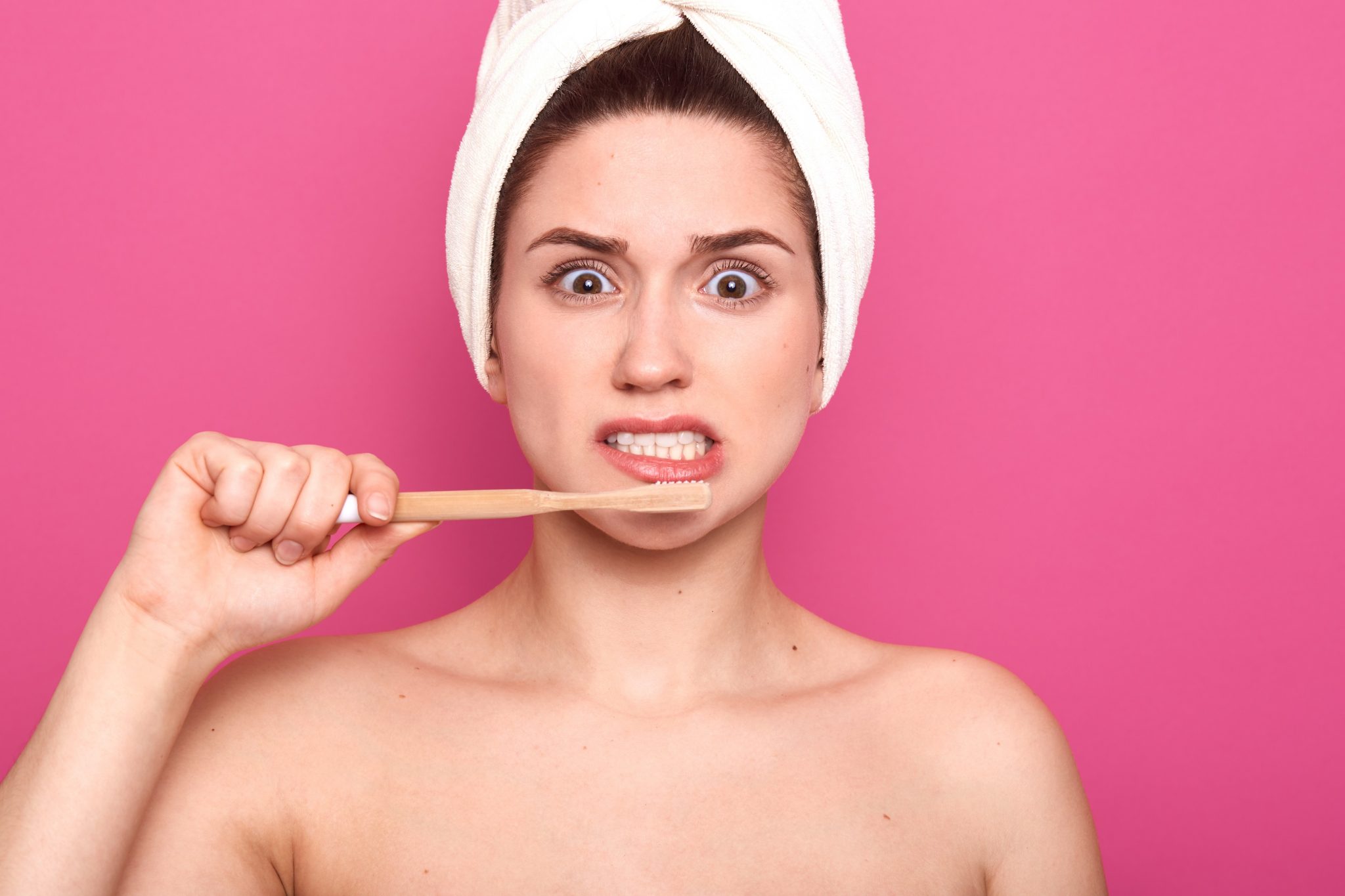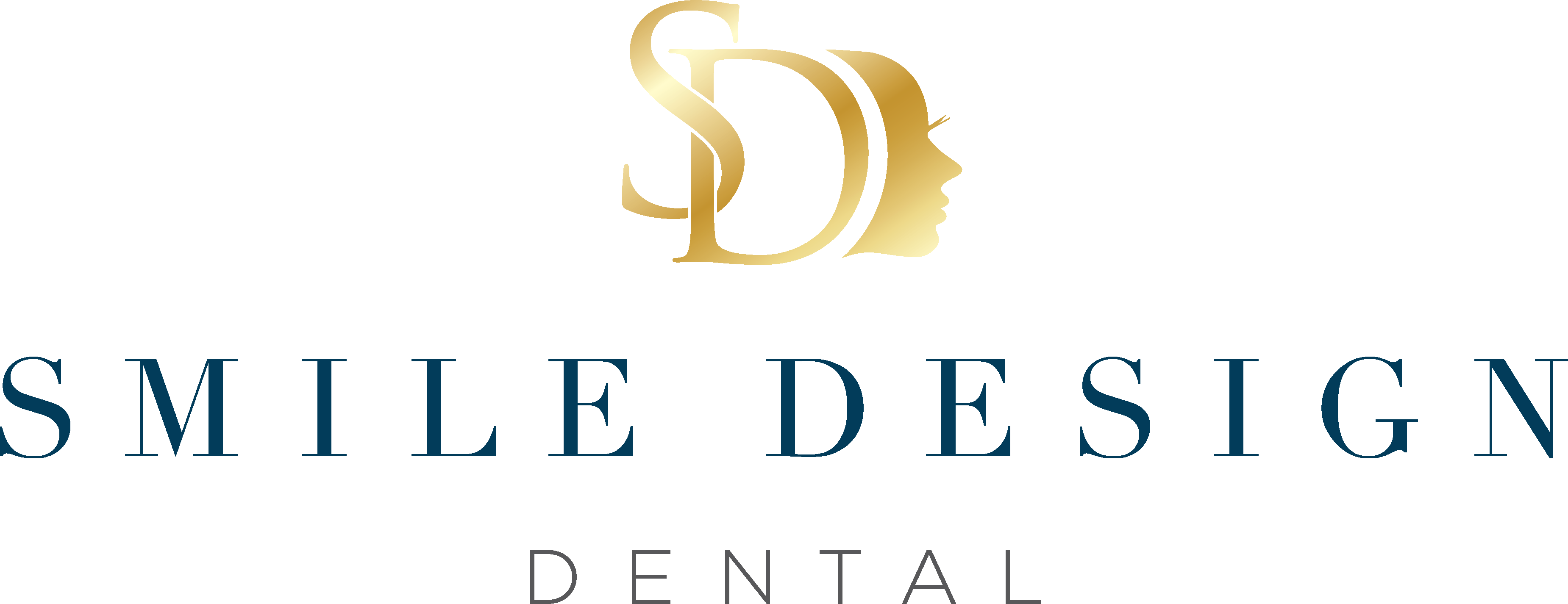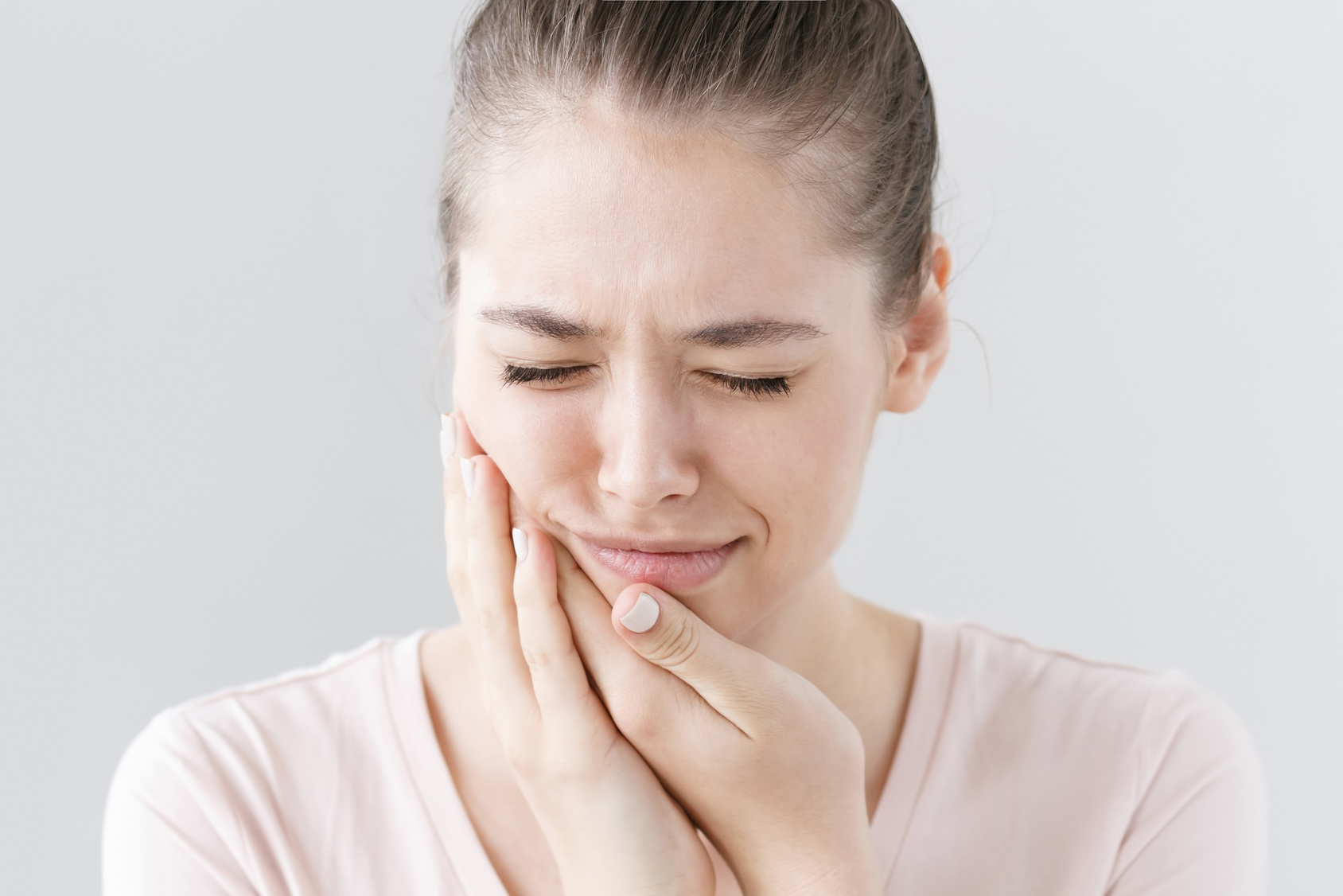
Achieving a brighter and whiter smile is a common desire, leading many to explore at-home solutions like whitening strips. As individuals embrace these strips for their teeth-enhancing benefits, questions often arise regarding the necessity and best practices for maintaining oral hygiene after their use. This blog delves into the significance of brushing teeth after using whitening strips, how these strips work, and essential guidelines for optimal oral health.
Understanding Whitening Strips
Whitening strips are a popular at-home aesthetic treatment designed to enhance the brightness of one’s smile. These thin and flexible plastic strips are coated with a gel containing peroxide-based bleaching agents, such as hydrogen peroxide or carbamide peroxide. The application of whitening strips involves placing them directly on the teeth for a specified duration, allowing the bleaching agents to penetrate and eliminate surface stains.
Also Read: Does Insurance Cover Teeth Whitening?
Also Read: What to Eat After Teeth Whitening?
The Role of Brushing Teeth After Whitening Strips
The question arises: “Do you brush your teeth after whitening strips?” The answer is affirmative, and here’s why it is important:
- Removal of Residual Gel: Brushing your teeth after using whitening strips aids in removing any residual whitening gel left on the teeth. This step is crucial for completing the whitening process and preventing potential side effects.
- Minimisation of Sensitivity: Waiting for at least 30 minutes before brushing helps minimise tooth sensitivity. Brushing immediately after using whitening strips may heighten sensitivity, so allowing a short waiting period is advisable.
- Gentle Cleaning: Using a soft-bristle toothbrush is recommended to prevent gum irritation and enamel damage. Gentle brushing ensures effective cleaning without causing discomfort.
- Fluoride Protection: Utilising fluoride toothpaste after using whitening strips provides additional protection against tooth stains and decay. Fluoride strengthens the enamel, contributing to overall oral health.
Best Practices for Oral Hygiene
Maintaining excellent oral hygiene is crucial for a bright and healthy smile. Here are some best practices to incorporate into your oral care routine:
- Use a Soft-Bristle Toothbrush: Opt for a soft-bristle toothbrush to avoid enamel damage and gum irritation.
- Brush Gently Twice a Day: Brush your teeth gently twice a day to remove plaque and maintain oral health.
- Limit Stain-Causing Foods: Reduce the consumption of foods and drinks that can cause stains on your teeth.
- Avoid Tobacco Products: Quit smoking and using tobacco products to prevent tooth discoloration and maintain overall health.
- Stay Hydrated: Drink plenty of water to keep your mouth hydrated and rinse away residual substances.
- Regular Dental Checkups: Schedule regular dental checkups to monitor your oral health and address any concerns promptly.
- Consult a Dentist: Before opting for any teeth whitening treatment, consult with a dental professional to ensure suitability and receive personalised guidance.
Also Read: How Long Does Professional Teeth Whitening Last?
Also Read: How to Treat Burned Gums from Teeth Whitening?
Conclusion
Brushing your teeth after using whitening strips is a crucial step in completing the whitening process and maintaining optimal oral health. Waiting for a short period before brushing, using a soft-bristle toothbrush, and incorporating fluoride toothpaste contribute to effective oral care. By following best practices and consulting with a Teeth Whitening Brisbane dentist, individuals can enjoy a brighter and healthier smile.
Frequently Asked Questions
- What are the potential side effects of using teeth whitening strips?
- While generally considered safe, potential side effects of whitening strips may include tooth sensitivity and gum irritation. Severe aftereffects should prompt individuals to stop usage and consult with a dentist.
- How often should I use whitening strips?
- Usage guidelines for whitening strips are typically provided by the manufacturer. Following these guidelines, which often recommend once a day for a specified duration, helps achieve optimal results without risking enamel damage or increased sensitivity.
- Can I rinse my mouth instead of brushing after using whitening strips?
- Rinsing your mouth after using whitening strips can help remove excess whitening gel. However, avoiding immediate use of mouthwash containing certain ingredients that may affect the whitening process is advisable. Brushing remains the recommended practice for comprehensive cleaning.


